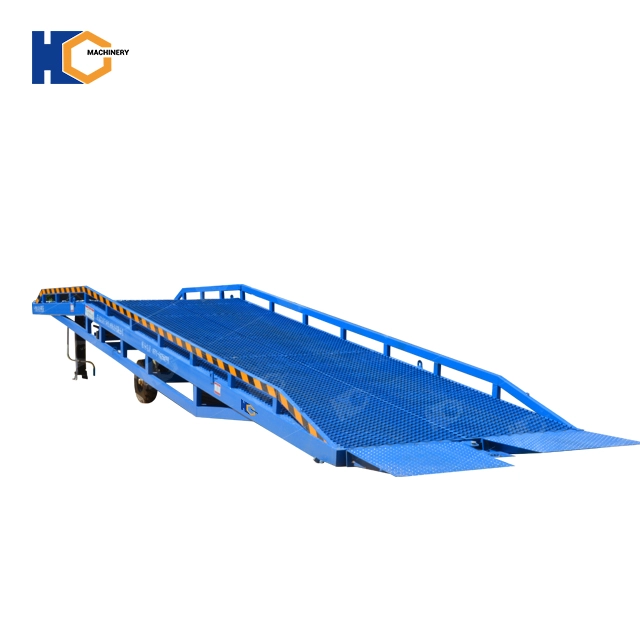Cargo Lifts are built for heavy-duty material handling, featuring high load capacity (500–20,000+ kg), rugged construction, and wide doors for forklift access. Ideal for warehouses, factories, and industrial sites.
Passenger Lifts prioritize safety, comfort, and speed (1–10 m/s), designed for human transport in offices, hotels, and residential buildings.
This guide compares their design, capacity, speed, safety features, and costs to help you select the right lift for your needs—whether moving goods or people efficiently.
I. Fundamental Concepts
1. Cargo Lift Definition and Key Features
A cargo lift (also called a freight elevator or goods lift) is a heavy-duty elevator specifically designed for transporting goods, materials, or equipment—not passengers. Unlike passenger elevators, cargo lifts prioritize durability, load capacity, and functionality over aesthetics or comfort.
Cargo lifts are vertical transportation devices specifically designed for goods movement, characterized by:
Robust construction: Uses thickened steel plates (typically 3-5mm) and reinforced frames
High load capacity: Standard capacity ranges from 500kg to 5000kg
Spacious interior: Cabin height generally ≥2.2m for forklift access
Simple operation: Primarily mechanical button controls, with some models featuring RFID systems
2. Passenger Lift Definition and Key Features
A passenger lift (or passenger elevator) is a type of elevator specifically designed to transport people between floors in buildings. Unlike cargo lifts, passenger elevators prioritize safety, comfort, and efficiency for human use.
Passenger lifts are elevator systems designed for human transportation, featuring:
Safety and comfort: Acceleration controlled within 0.8-1.2m/s² range
Aesthetic design: Cabins use fire-resistant, eco-friendly materials
Smart controls: Modern versions typically include destination dispatch systems
Moderate capacity: Common specifications range from 630kg-1600kg (8-21 persons)
II. Functional and Application Differences
1. Design Specification Comparison
| Parameter | Cargo Lift Specifications | Passenger Lift Specifications |
|---|---|---|
| Rated Speed | 0.25-1.0m/s | 1.0-4.0m/s |
| Door Type | Bi-fold/sliding doors (800-2000mm width) | Center-opening doors (800-1100mm width) |
| Cabin Dimensions | Depth 1.8-3m, Width 1.5-2.5m | Depth 1.4-2.1m, Width 1.1-1.6m |
| Floor Load Capacity | ≥600kg/m² | ≤400kg/m² |
| Control System | Basic PLC or relay controls | Computerized network controls |
2. Application Scenarios
Cargo Lift Applications:
Raw material transport in industrial plants
Goods circulation in warehouses/logistics centers
Merchandise replenishment in supermarkets/malls
Dedicated waste removal channels
Large equipment installation/maintenance
Passenger Lift Services:
Daily commutes in office buildings
Residential complex transportation
Hotel guest transfers
Patient movement in hospitals (requires medical elevator configurations)
Public transit hubs like subway stations
Usage Scenario Comparison
Application Scenario Cargo Lift Suitability Passenger Lift Suitability Commercial Office Buildings ★★★☆☆ ★★★★★ Residential Buildings ★☆☆☆☆ ★★★★★ Factory Warehouses ★★★★★ ★★☆☆☆ Supermarkets/Shopping Malls ★★★★☆ ★★★★★ Hospitals ★★★☆☆ ★★★★★ Construction Sites ★★★★★ ★☆☆☆☆ 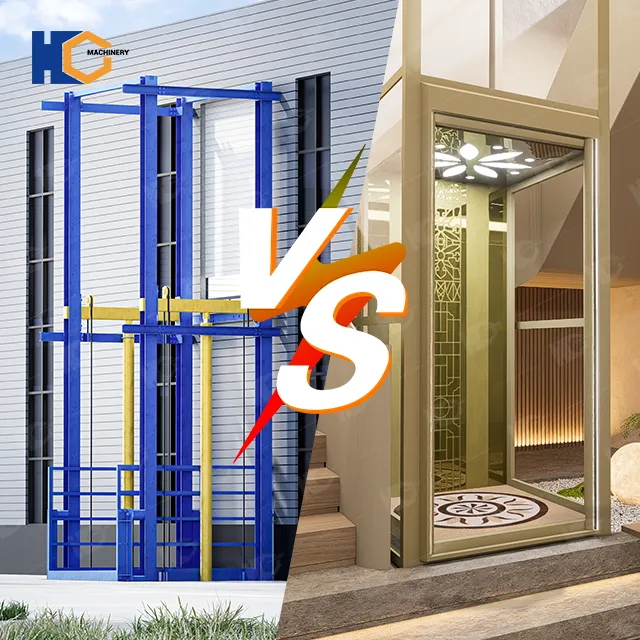
III. Pricing Structure Analysis
1. Initial Purchase Cost Comparison
Cargo Lift Price Factors:
Load capacity: 15-20% price increase per 500kg increment
Protection grade: Food-grade stainless steel cabins cost 30% more than standard steel
Special features: Hydraulic shock absorbers add ≈$6,940
Standard 5-stop/2000kg model:$ 34,700−55,600
Passenger Lift Price Determinants:
Speed: 2.5m/s models cost 25% more than 1.75m/s versions
Finishes: Luxury interiors can double base prices
Smart systems: Facial recognition adds $11,100−16,700
Standard 20-stop/1000kg model: $ 48,600−111,100
2. Operational Cost Comparison
| Cost Item | Annual Cargo Lift Cost | Annual Passenger Lift Cost |
|---|---|---|
| Energy Consumption | $34,700−55,600 | $2,083−4,167 |
| Maintenance | $2,083−4,167 | $2,778−5,556 |
| Wear Parts Replacement | Door systems (60%) | Guide shoe liners (45%) |
| Insurance | 0.1% property insurance | 0.3% liability insurance |
IV. After-Sales Service Differences
1. Cargo Lift Service Features
Response time: 4-hour onsite guarantee in industrial areas
Maintenance focus: Quarterly rail wear inspection (mandatory)
Parts inventory: Door locks, contactors as standard stocked items
Special services: Annual load calibration (legal requirement)
2. Passenger Lift Service Requirements
Emergency standard: 30-minute trapped passenger response
Service frequency: Minimum twice-monthly routine maintenance
Sanitation management: Cabin disinfection (especially medical elevators)
Upgrade services: Regular control system software updates
V. Selection Decision Guide
1. Mixed-Use Considerations
For combined passenger/cargo use, select lifts meeting:
EN81-20/50 certification standards
Dual control panels (car/hall)
Impact guards (below 1.2m height)
Anti-slip patterned steel flooring
2. Smart Technology Trends
Cargo Lift Innovations:
Automatic weight recognition
RFID goods tracking
Remote diagnostic alerts
Passenger Lift Advancements:
Destination group control
Biometric security
Air quality management
VI. Regulatory Standard Differences
1. Cargo Lift Standards
GB/T 10058-2009 "Elevator Technical Requirements"
JG/T 5072.1-2016 "Dumbwaiter Lifts"
Requires Special Equipment Manufacturing License (TSG)
2. Passenger Lift Regulations
GB 7588-2003 "Safety Rules for Construction and Installation of Lifts"
GB/T 24477-2009 "EMC for Lifts, Escalators and Moving Walks"
Mandatory type testing certification
VII. Typical Problem Solutions
1. Common Cargo Lift Issues
Problem: Frequent door jamming
Cause: Dirty or deformed tracks
Solution: Weekly cleaning + quarterly alignment
2. Typical Passenger Lift Complaints
Problem: Noticeable vibration
Cause: Excessive rail joint gaps
Solution: Laser alignment + guide shoe replacement
Conclusion
As two major categories of vertical transportation systems, cargo and passenger lifts demonstrate systematic differences in design philosophy, application scenarios, and service requirements. Proper selection impacts not only operational efficiency but also safety and cost-effectiveness. Users should conduct detailed load analysis, traffic calculations, and lifecycle cost assessments before procurement. Consulting professional elevator engineers ensures solutions meet current needs while allowing for future development. With IoT technology advancement, modern elevators are evolving toward intelligent, specialized solutions - understanding these differences enables wiser decision-making.
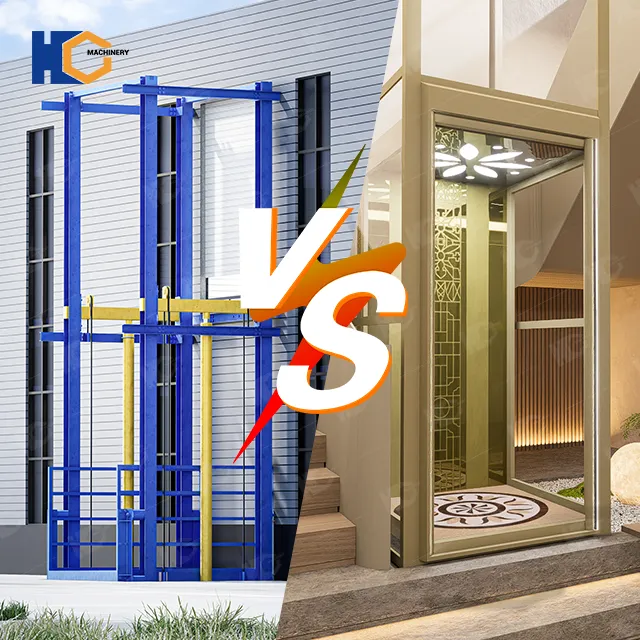
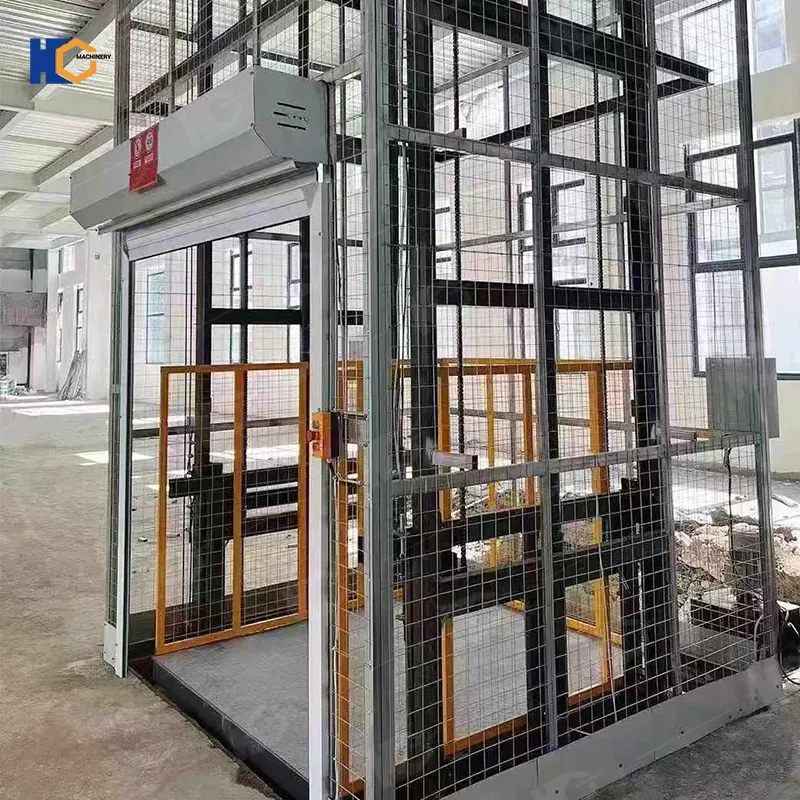
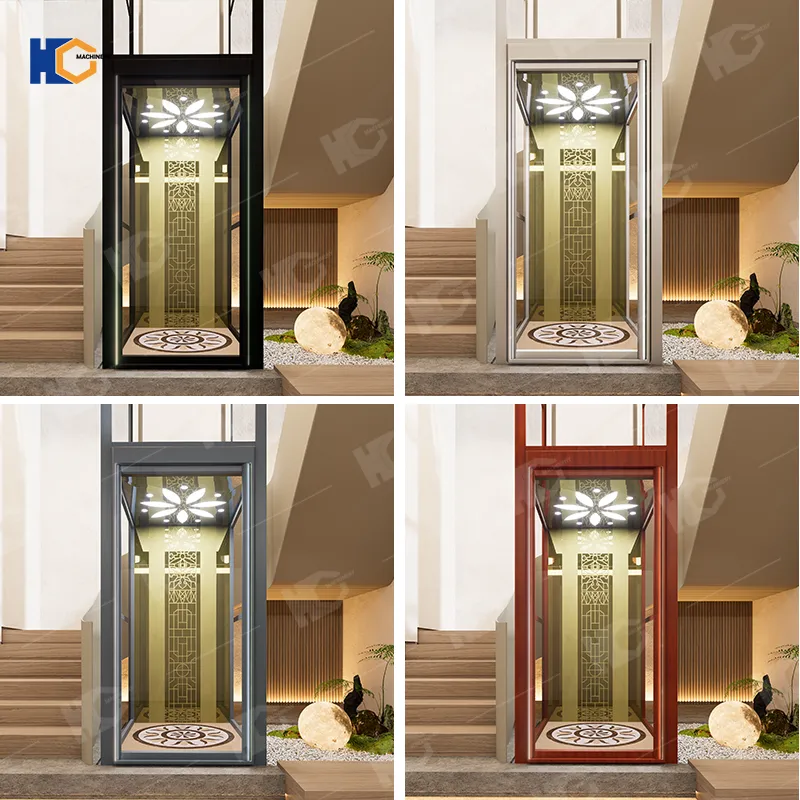
660.webp)
734.webp)
